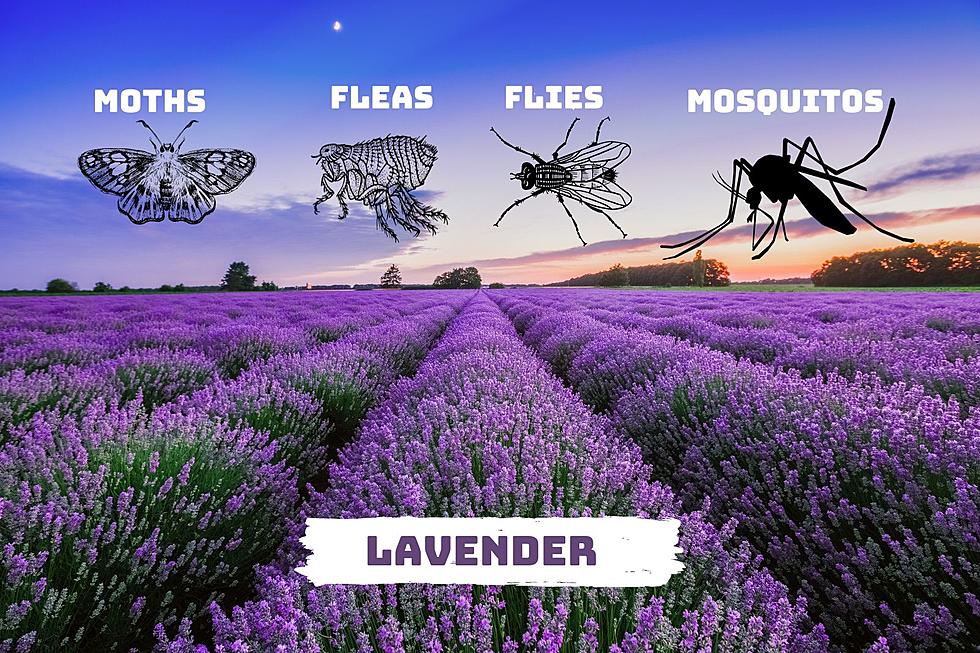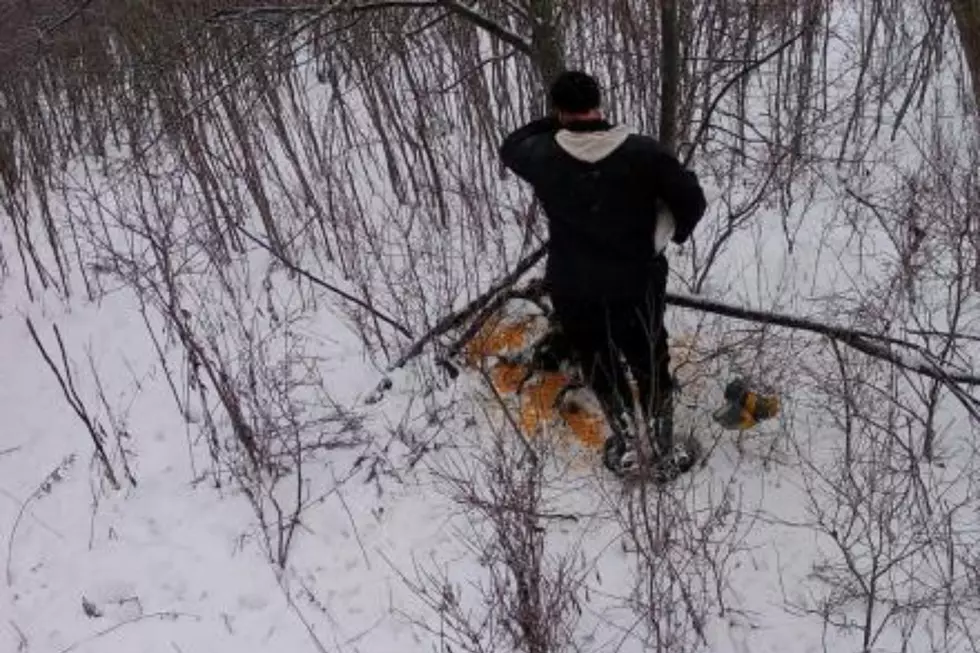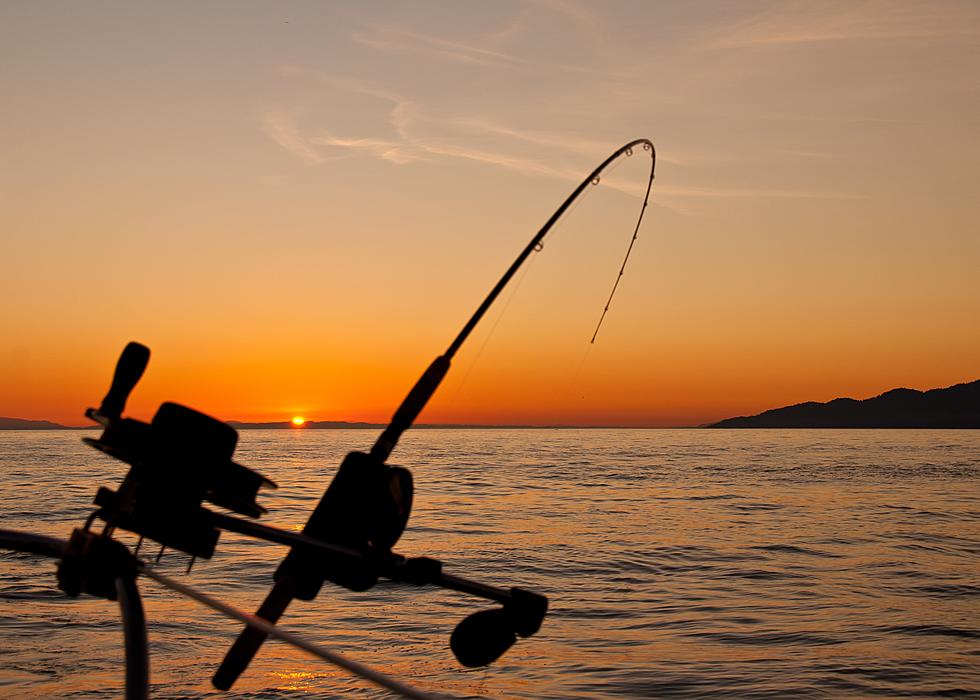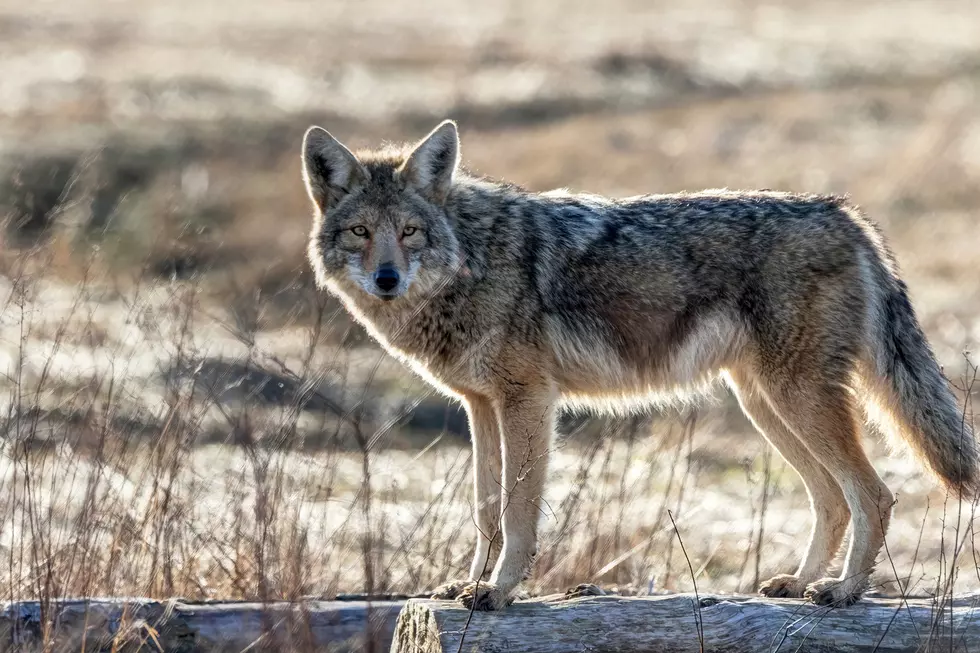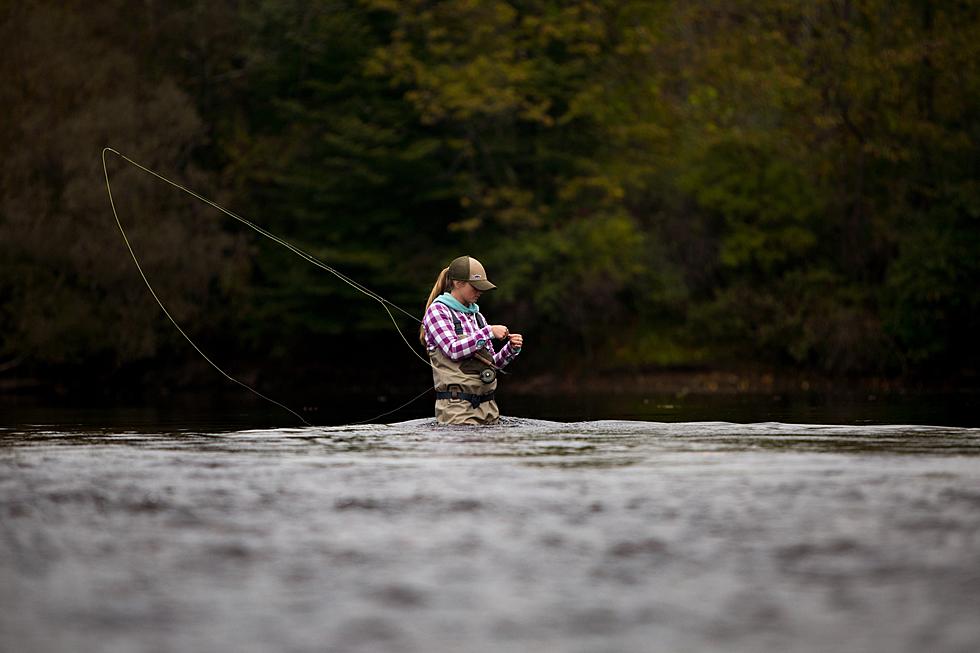
Find More Trout, Here Are the Places Being Stocked in Utica Rome
Most anglers won't share their secret fishing hole where they land the lunkers around Utica Rome. Fortunately, the New York DEC will tell you where and when they're stocking trout.
The DEC stocks both rainbow and brown trout from late March through June at more than 315 lakes and ponds, plus over 28-hundred miles of rivers and streams. They provide everything you need to know on when, where, and even what size of trout you can expect to put in your creel.
ven better they provide a complete breakdown of each body of water from the Black River to West Canada Creek. For instance this year, the Black River in Boonville and Forestport will be stocked during the second week in may, while the West Canada Creek in Deerfield and Trenton will see additional trout the first, second, and fourth week of April and the second and fourth week of May.
Here are the links for a breakdown by every county in New York and a searchable database enabling you to search by specific rivers, lakes, and streams.
Here comes the crowds of anglers and the throngs of people watching them. Trout season for Utica Rome Anglers opens April 1 and it comes with new regulations, including for the first time, year-round fishing opportunities.
Grab a dictionary and a legal interpreter, you may need both when trying to understand changes made to the state's Trout Stream Management Plan. First and foremost is the regulation allowing year-round fishing. You just won't be able to take your catch home. A catch and release period will be observed from October 16 through March 31. Fish must be immediately released once caught and only artificial baits can be used.
Other updates to the plan aren't quite as clear, despite the DEC's goal to "simplify regulations whenever possible to make fishing more accessible and enjoyable." In all fairness, the DEC did take 26 regulations and reduced them to four. DEC Commissioner Basil Seggos says trout stream sections or reaches, were broken into these categories, Wild-Quality, Wild-Premier, Stocked, Stocked-Extended, and Wild.
The Trout Stream Management Plan's categories, objectives, and strategies were developed to achieve outcomes identified by a diverse audience of anglers that participated in more than 20 public meetings held across the state.
Here are the four regulations:
- Daily creel limit of five trout per day with no more than two longer than 12 inches statewide and for reaches categorized as Wild or Stocked in effect from April 1 through Oct. 15;
- Daily creel limit of three trout per day with no more than one longer than 12 inches for reaches designated as Wild-Quality or Stocked-Extended in effect from April 1 through Oct. 15;
- Daily creel limit of one trout per day, any size, for reaches designated as Wild-Premier in effect from April 1 through October 15; and
- Creation of a statewide catch-and-release trout season in effect from Oct. 16 to March 31. During this period anglers are restricted to artificial lures only and must promptly release all trout caught.
In conjunction with releasing the new regulations and categories, the DEC also created an interactive Trout Stream Fishing Map in hopes of making it easier to understand the rules in the waters you are fishing. The map is part of the DECinfo Locator offering maps and documents on not only fishing, but hunting, parks, scenic views, and state lands. While this all may seem a rigorous undertaking, the video below is an easy to understand tutorial on how to use the locator.
Here are some links to get more information on the DEC regulations:
Categorization of New York State Trout Stream Reaches
Trout Stream Fishing Map and a User Guide
New York State Freshwater Fishing Guide
Good luck, we would love to see photos of your catch. Share them on the Big Frog App or on our Facebook page.
Black River Eagle Pair Tending Their Eggs
How Many in America: From Guns to Ghost Towns
More From Big Frog 104
